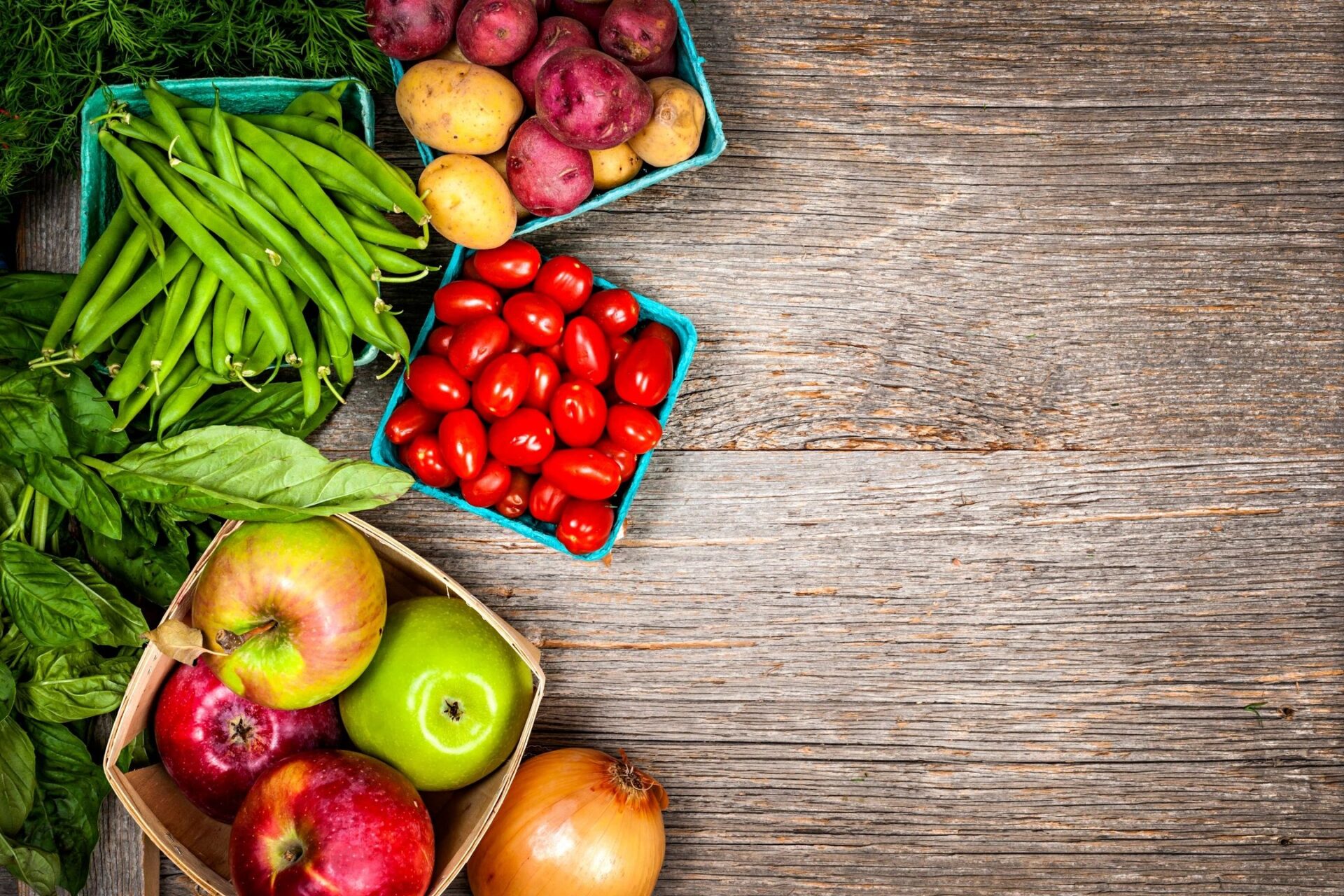Nearly half of all adults in the U.S., or about 48 percent, are grappling with high blood pressure, defined as anything above 130/80 mm Hg, according to data from the Centers for Disease Control and Prevention (CDC). This issue is even more prevalent in older adults, with roughly 70 percent of those aged 65 and above dealing with elevated blood pressure levels. One of the most effective and simple ways to help manage and reduce blood pressure is through dietary changes. Dr. Luke Laffin, co-director of the Center for Blood Pressure Disorders at the Cleveland Clinic, emphasizes that what people eat can have a profound impact on controlling blood pressure.
A popular approach for tackling high blood pressure is the DASH diet, which stands for Dietary Approaches to Stop Hypertension. This diet is packed with fruits, vegetables, lean proteins, nuts, seeds, whole grains, and low-fat dairy. A 2020 review of 30 randomized, controlled trials published in Advances in Nutrition showed that those who followed the DASH diet experienced noticeable reductions in their blood pressure compared to those who didn’t, even among individuals who didn’t initially have high blood pressure. Earlier studies have demonstrated that following a low-sodium version of the DASH diet could lower blood pressure by around 11 points for those with hypertension, which is comparable to taking one or two medications for the condition.
Reducing salt intake can also make a significant difference. A recent study found that cutting out just a teaspoon of salt per week lowered blood pressure by about 6 mm Hg. That’s nearly as effective as a common blood pressure medication. It’s clear that small dietary adjustments can have a big impact on blood pressure management. Experts suggest that focusing on an overall healthy diet, rather than honing in on specific foods, is the most effective way to lower blood pressure. Maya Vadiveloo, associate professor of nutrition and food sciences at the University of Rhode Island, points out that foods like fruits, vegetables, and low-fat dairy are rich in micronutrients that work together to help regulate blood pressure. These healthier food choices also replace salty, processed foods that can exacerbate hypertension.
Certain foods, in particular, stand out for their ability to lower blood pressure. For example, bananas are rich in potassium, a nutrient that helps reduce blood pressure levels. One medium banana offers about 375 milligrams of potassium, contributing to 11 percent of the daily recommended intake for men and 16 percent for women. However, people with late-stage kidney disease should be cautious with potassium intake and consult their doctor before making changes. Blueberries are another great option, as they contain resveratrol, which helps relax blood vessels, and anthocyanins, which promote heart health. A study in 2019 showed that consuming a wild blueberry beverage daily for 28 days resulted in a 5 mm Hg drop in blood pressure.
For those trying to lower their salt intake, using spices instead of salt can be beneficial. Research from 2021 found that seasoning food with 6.6 grams of herbs and spices per day was linked to lower blood pressure after just four weeks. The study included a blend of 24 herbs and spices, such as basil, thyme, cinnamon, and turmeric. Interestingly, the reduction in blood pressure occurred without reducing sodium intake, suggesting that herbs and spices can independently impact blood pressure levels. Dark chocolate also has a role to play, thanks to its high levels of flavonoid cacao, which dilates blood vessels and helps lower blood pressure. However, it’s important to choose a bar with at least 70 to 85 percent cacao for maximum benefit, and moderation is key to avoid weight gain, which can lead to higher blood pressure.


